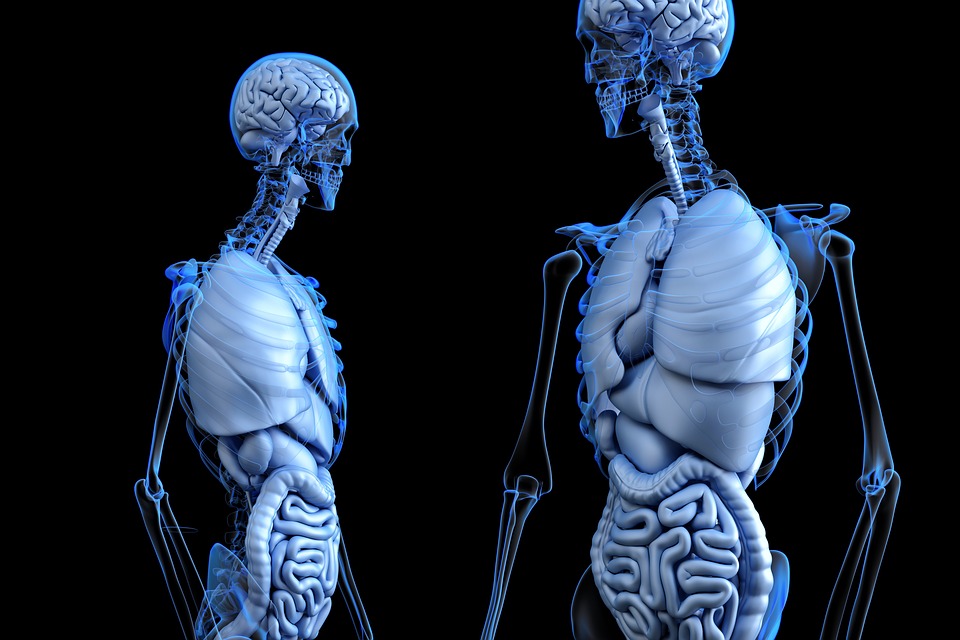
Statistics show that women are much more likely to die or suffer serious injuries in car wrecks than men. Here are two interesting observations:
- Crash-test dummies are usually figures of an average man.
- Women are 73 percent more likely to be injured in a car accident.
Are these things connected?
Researching The Problem
This issue was first assessed in a 2011 study out of the University of Virginia, in which they discovered that for both men and women who utilized seatbelts, women were approximately 50 percent more likely to be seriously or fatally injured in a crash. In addition, another paper from a different University of Virginia research team found that the probability of serious injury or death for female car-crash victims is 73 percent higher than for males.
A more recent study, which analyzed crashes concerning more than 31,000 individuals between 1998 and 2015 demonstrated that all riders are currently more than half as likely to sustain serious injuries in newer car models (manufactured in 2009 and later) in comparison to older cars.
When paying attention to the car’s model year along with the passenger or driver’s age, height, weight, BMI, and proximity to the steering wheel/airbags, females continually are in much more susceptible positions when involved in frontal impact collisions, despite ever wearing a seatbelt.
“The worst part,” says Jason Forman, a principal scientist at UVA’s Center for Applied Biomechanics and one of the authors of the study, “is that after nearly a decade of research highlighting this safety disparity, no one has yet found the definitive answer as to why.”
A Biomechanical Problem?
“We obviously know a lot of ways that men and women are different bio-mechanically,” he says, “in terms of both body size and shape. Female pelvises, for example, are generally wider and more shallow than those of males, and fat is distributed differently. Females typically have more tissue concentrated around the waist and thighs, while in males it’s more concentrated around the belly.”
“These differences … have the potential to change the ways that seatbelts interact with the body and with our underlying skeletal structures,” Forman said. “Subtler deviations exist, too, like the fundamental mechanical properties of bones and ligaments and tissues; hormonal variations can affect the stiffness of tissues and their susceptibility to injury.” These subtle changes cause women to sit in a different location and position inside a car when they are driving than men.
Although the many variables have been established, the work to understand which ones matter, and how, “just simply has not been done yet,” said Forman.
Lack of Research
This is because there is a lack of information, focus, and dedicated research into these worrisome findings. We need to find answers to the main question- Why does the same safety science that has been making cars less dangerous for all riders neglecting to bridge the gap between male and female auto safety?
“Historically, we have used male-type crash test dummies,” said Becky Mueller, a senior research engineer at the Insurance Institute for Highway Safety (IIHS). “Those dummies, despite being an average male, have done a good job at providing improvements for all different kinds of people.”
Beginning in the early 2000s, “female” crash test dummies have been deployed, but they usually simulate much smaller women (about 5 feet tall and 110 pounds), says Forman. “There is some logic behind the use of those: It is necessary to evaluate and protect for the extreme ends of the population,” he said. It’s also a big limitation of the model.
Solutions
Mueller says that recreating crash-test dummies cannot happen overnight- it takes about 20 to 30 years of biomechanical research and experiments to build and tweak each model. Several of the dummies manufacturers are still using were constructed with data from the 1970s and 1980s, which was very influenced by males. “The creation of new dummies [physically] will be able to advance faster in the future but it will still take 10-plus years to collect enough data to relate the dummy’s performance to real-world injuries,” she said. “You never want people to get injured, but in order to gain enough info about the real world, we have to sit patiently and wait for real-world data to come in and for real-world specimens to come in.”
In the past decade, a technology that aids researchers to direct safety tests without having to create physical dummies at all has also developed. Nevertheless, a digitally produced 3-D safety dummy is “only as good as the information it’s built on,” says Forman. “Until we have that fundamental research, we’re not going to have the right sort of info to feed into even the most advanced human body computer model.”
Davis Law Firm hopes you use the information from this page to ensure you don’t become another statistic during 2019. Also, remember that you can get in touch with us for advice and representation if you become involved in a collision and you want to seek the justice for which you are entitled.
#CallThe4s (210)-444-4444. Stay safe out there!
